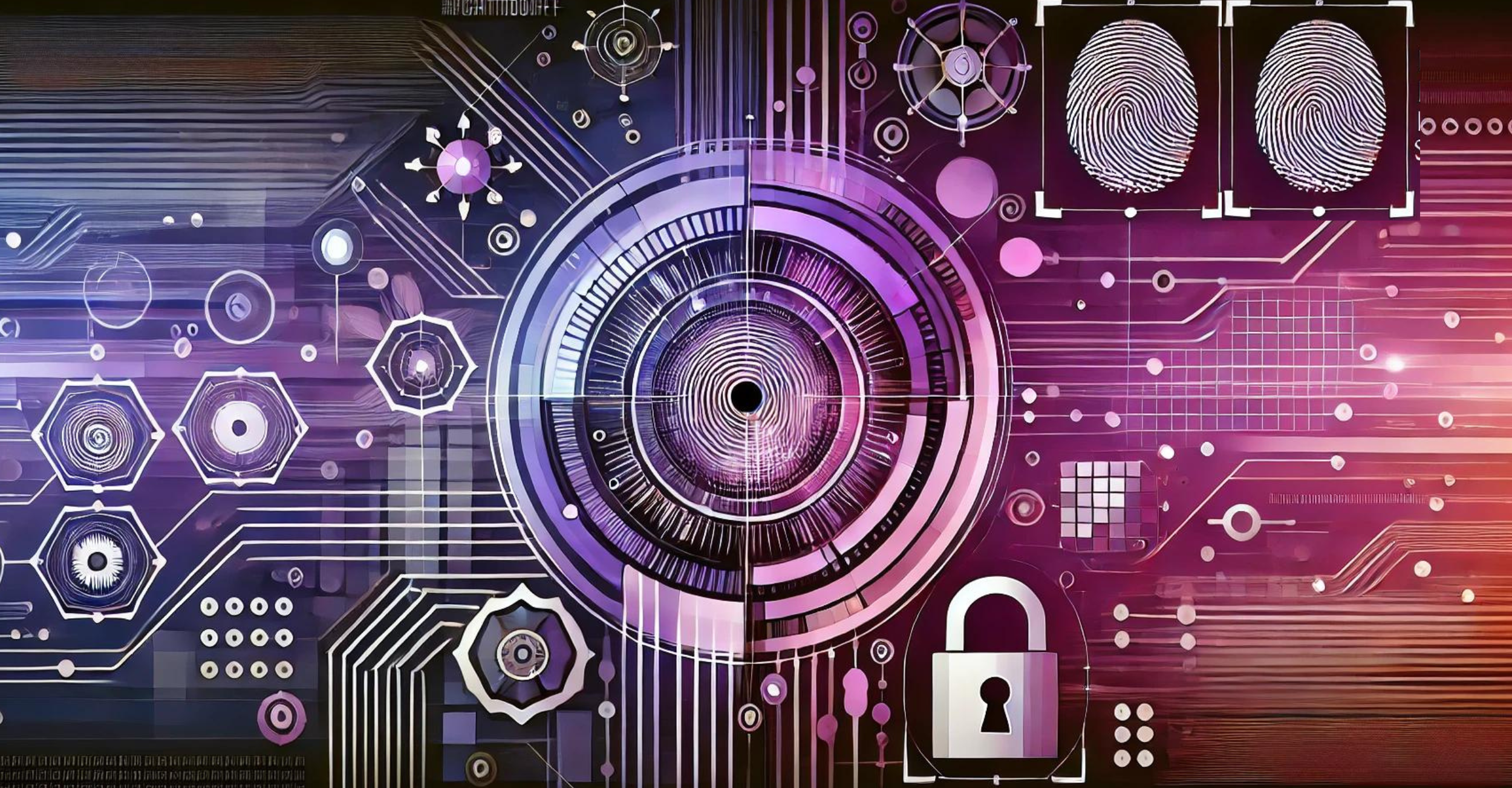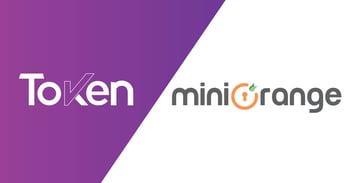Why MFA Alone Isn’t Enough to Safeguard Your Identity Security
By Token | 5 minute read
In today’s digital landscape, identity security is not just a concern—it’s a critical defense against the growing threats of phishing and ransomware. While multifactor authentication (MFA) has been promoted as a solution, the reality is that not all MFA is equally effective in securing user identities.
Our latest white paper, “Securing User Identities: The Key to Stopping Phishing and Ransomware,” explores the challenges and innovations shaping the future of MFA. Based on insights from over 120 industry professionals responsible for managing identity security, this white paper uncovers the key strategies that organizations need to stay ahead of evolving threats. If you’re serious about securing your organization’s digital identity, you won’t want to miss these insights.
The Evolving Threat Landscape: Why MFA is No Longer a “Silver Bullet”
For years, MFA has been touted as the go-to defense against credential theft and identity attacks. The logic is simple: if a hacker steals your password, they can’t access your account without the second authentication factor. But, as this research white paper reveals, that’s only part of the story.
A staggering 79% of organizations surveyed have experienced some form of identity attack in the past year alone. What’s even more alarming is that many of these attacks occurred despite the use of MFA. How is that possible? The reality is that many commonly used MFA methods—like one-time passcodes sent via SMS or email—are vulnerable to phishing and other forms of attack. Cybercriminals are getting smarter, and they’re learning to bypass older MFA technologies.
The Key Issue: MFA’s Effectiveness Depends on the Type You Use
The white paper makes one thing clear: not all MFA solutions offer the same level of protection. In fact, 99% of organizations continue to rely on outdated, weaker forms of MFA that are easily bypassed by attackers. Whether it’s through MFA fatigue attacks (where users are bombarded with approval requests until they click “approve”) or phishing attempts that intercept one-time codes, hackers are finding creative ways to compromise MFA.
This is where next-generation MFA comes in. Solutions that include phishing-resistant hardware tokens or biometric authentication are proving to be far more secure than traditional methods. And yet, only 61% of organizations are planning to adopt these stronger forms of MFA in the next two years.
Why Full MFA Coverage is Still a Struggle
If MFA is so essential, why aren’t more companies fully implementing it across their workforce? According to the white paper, less than 5% of organizations have full MFA coverage for all employees and apps. That leaves a massive vulnerability for cybercriminals to exploit.
The barriers are numerous: IT complexity, legacy systems that don’t support modern MFA, and the challenge of managing authentication across multiple apps. But the risks of not closing these gaps are enormous. Without full MFA coverage, even a single compromised credential can allow an attacker to gain a foothold in your network, leading to devastating data breaches or ransomware incidents.
What’s at Stake: Account Takeover is the #1 Concern
It’s no surprise that one of the top reasons organizations cite for using MFA is to prevent account takeover. After all, when attackers can log in with stolen credentials, they can quickly gain access to sensitive data, install ransomware, or exfiltrate valuable information.
But preventing account takeovers is harder than it seems. Three out of four organizations lack the ability to detect and stop an identity attack in real time. This means that even if you catch the breach after it happens, damage has already been done. The faster you can detect and stop an attack, the less likely you are to suffer significant data loss, reputational harm, or financial consequences.
What Next-Gen MFA Looks Like
So, what does a more secure MFA approach entail? The white paper highlights several innovations that are setting the standard for the future of identity security:
- Phishing-Resistant MFA: This includes solutions like FIDO-based hardware tokens, which rely on public key cryptography to authenticate users. These tokens are far more difficult for attackers to intercept or compromise.
- Biometric Authentication: Devices like fingerprint readers or facial recognition are becoming more common. Since these methods tie authentication directly to the individual, they’re much harder for attackers to bypass.
- Anomaly Detection: The next generation of MFA solutions also incorporates machine learning to detect unusual login behavior, such as attempts from unfamiliar locations or devices. These anomalies can trigger additional security checks before granting access.
These advances are crucial, but the white paper makes it clear that they’re not being adopted fast enough. In the meantime, cybercriminals continue to exploit outdated MFA technologies to their advantage.
A Dangerous Disconnect: Why Confidence is Dropping
Here’s something that should make every security professional take note: confidence in MFA is dropping. According to the white paper, half of the organizations surveyed said they are less confident in their ability to stop identity attacks than they were two years ago.
Why? The complexity of identity security is increasing, but many organizations are still relying on outdated technologies and approaches. As identity attacks evolve, organizations that fail to modernize their MFA systems are at greater risk of falling behind. The white paper underscores the need for organizations to continuously upgrade and strengthen their MFA methods to stay ahead of cybercriminals.
The Urgent Need for Better Identity Security Practices
At this point, you may be wondering: what can I do to ensure my organization isn’t at risk?
While the full white paper goes into more detail, the key takeaway is clear: strengthening MFA is only one part of a larger identity security strategy. Organizations need to adopt best practices such as:
- Upgrading to phishing-resistant, next-generation MFA
- Monitoring user behavior for signs of compromised credentials
- Training employees to recognize MFA bypass attempts
- Proactively detecting threats with tools like dark web monitoring
The bottom line is this: MFA is not a set-it-and-forget-it solution. It needs to be part of a dynamic, evolving security strategy that adapts to new threats as they emerge.
If your organization is serious about safeguarding its identity security, now is the time to take action. Osterman Research’s white paper “Securing User Identities: The Key to Stopping Phishing and Ransomware” offers an in-depth look at the state of identity security and provides actionable recommendations to help you stay ahead of the curve.
Download the full report to gain access to expert insights, real-world data, and detailed strategies for securing your organization against today’s most pressing identity threats.
Sign Up
Keep up to date with phishing and ransomware news.
Token will not sell, trade, lease, or rent your personal data to third parties.




